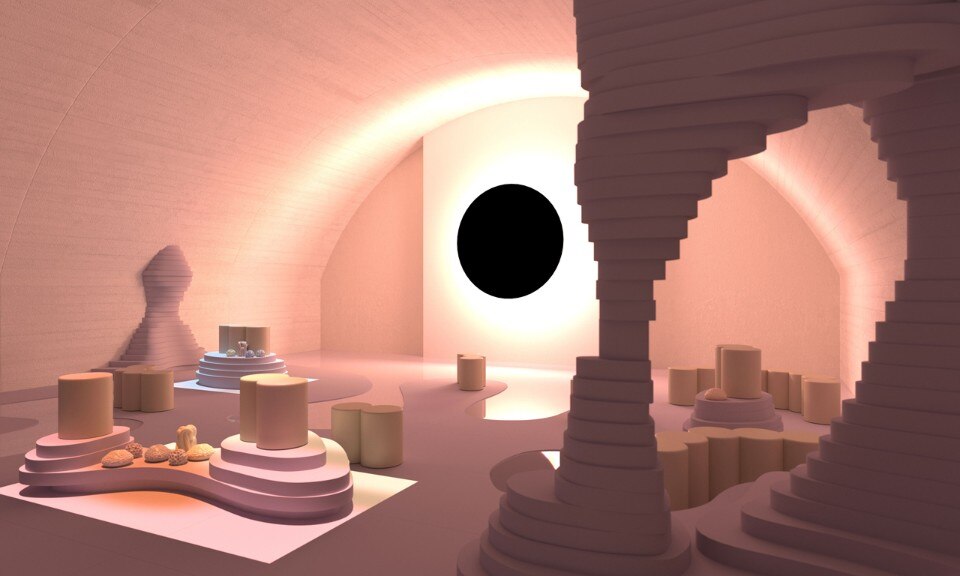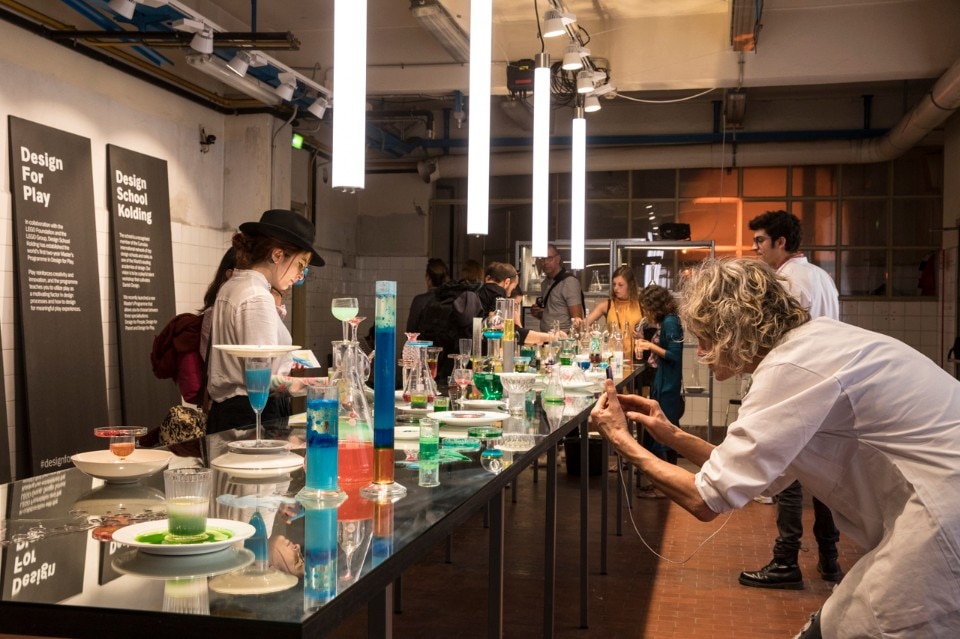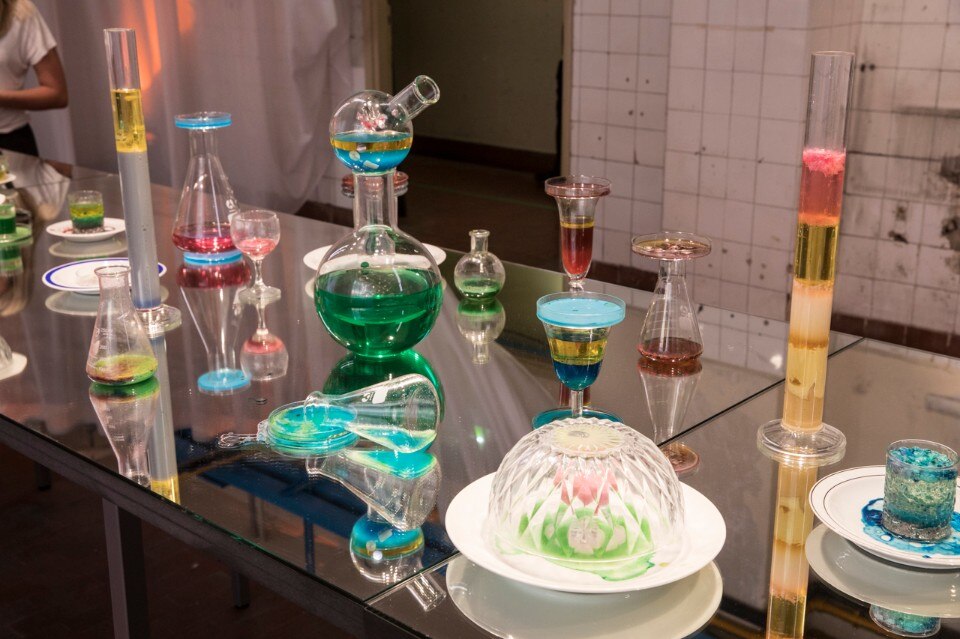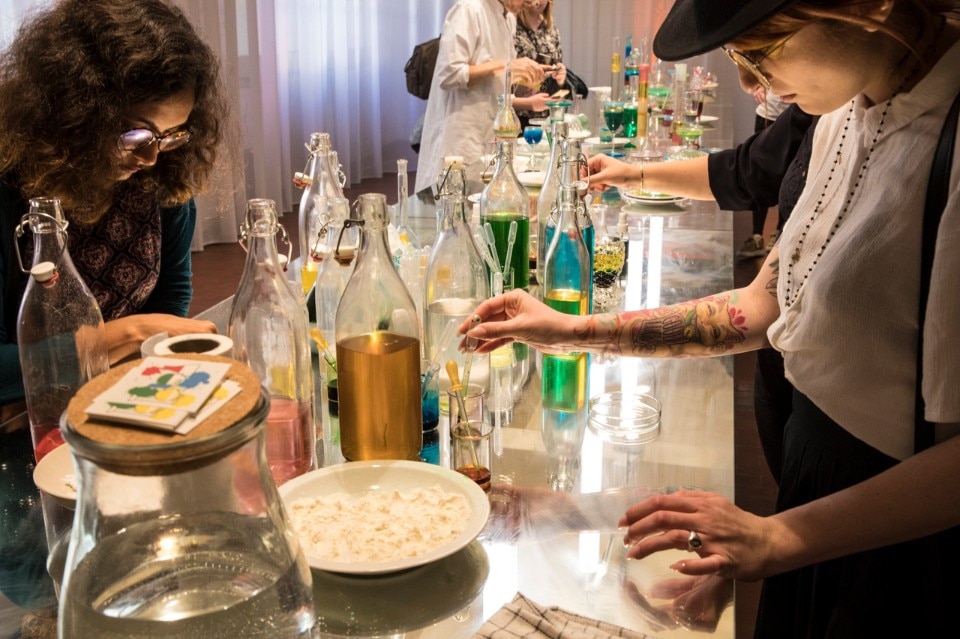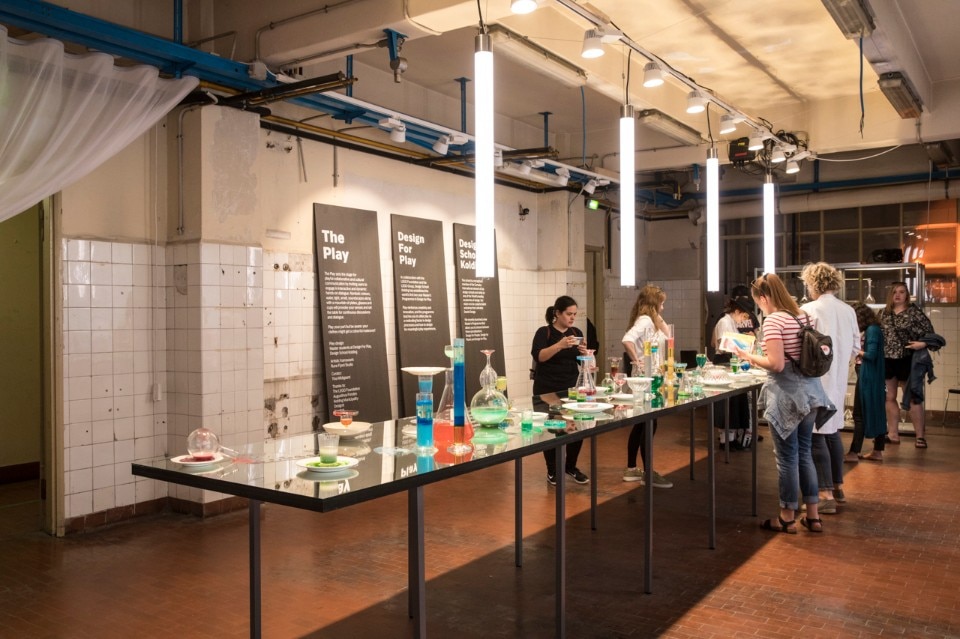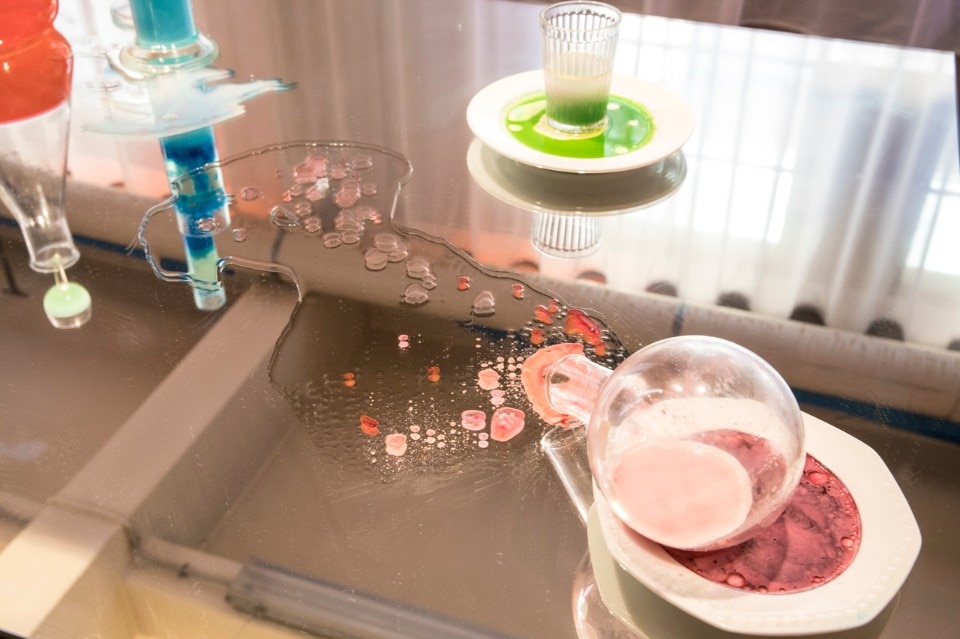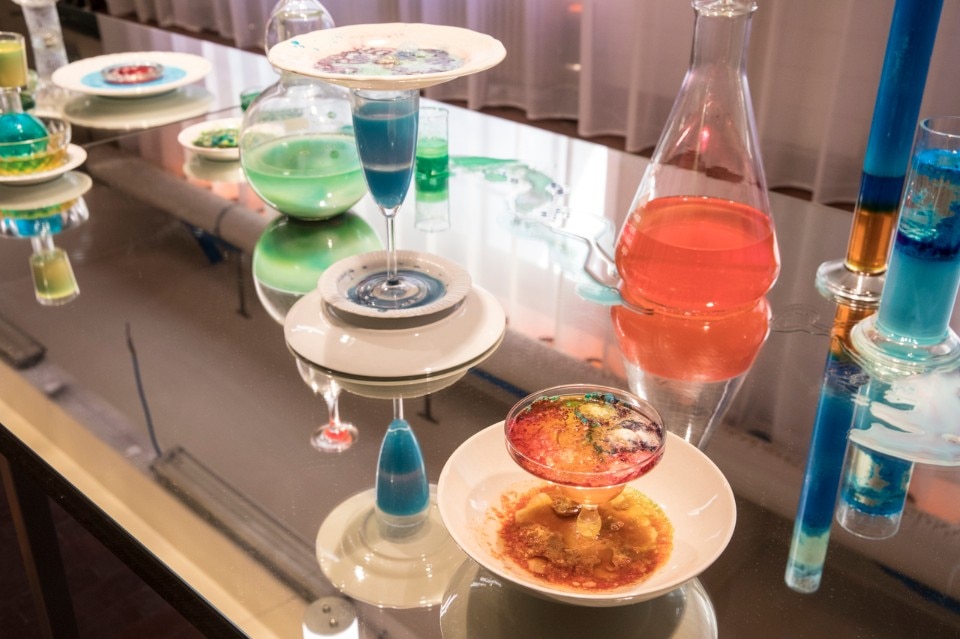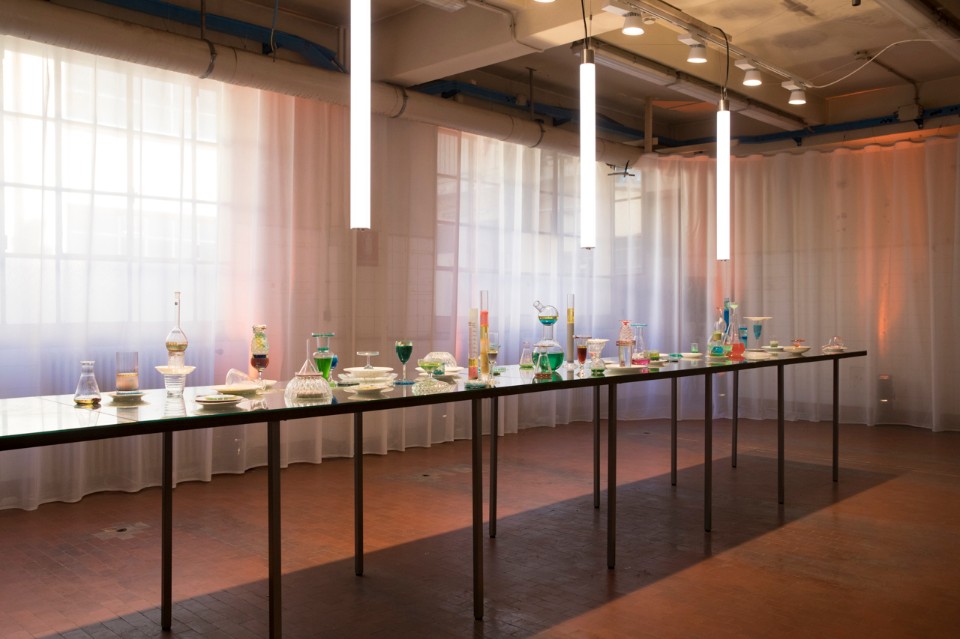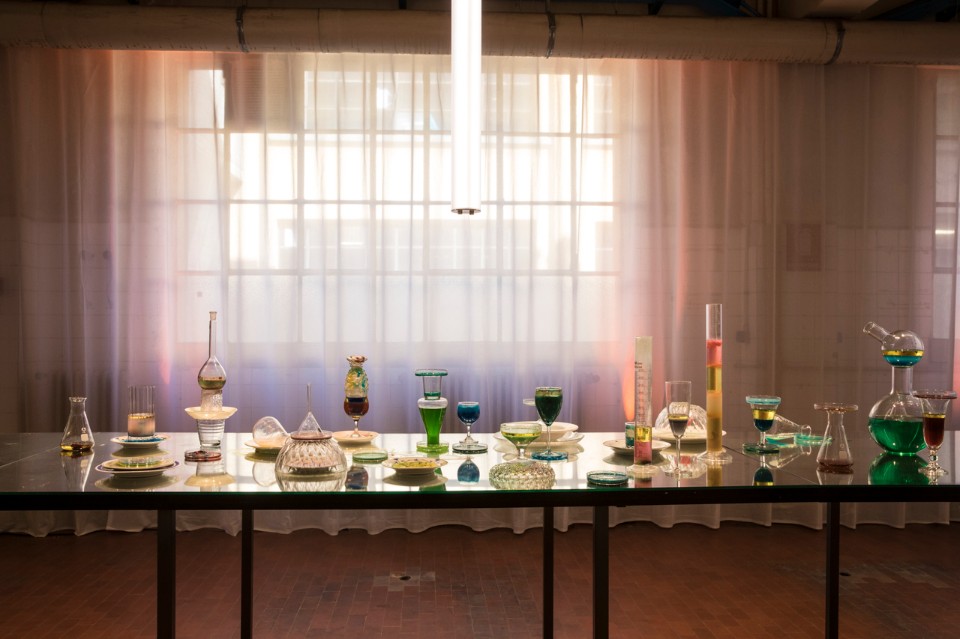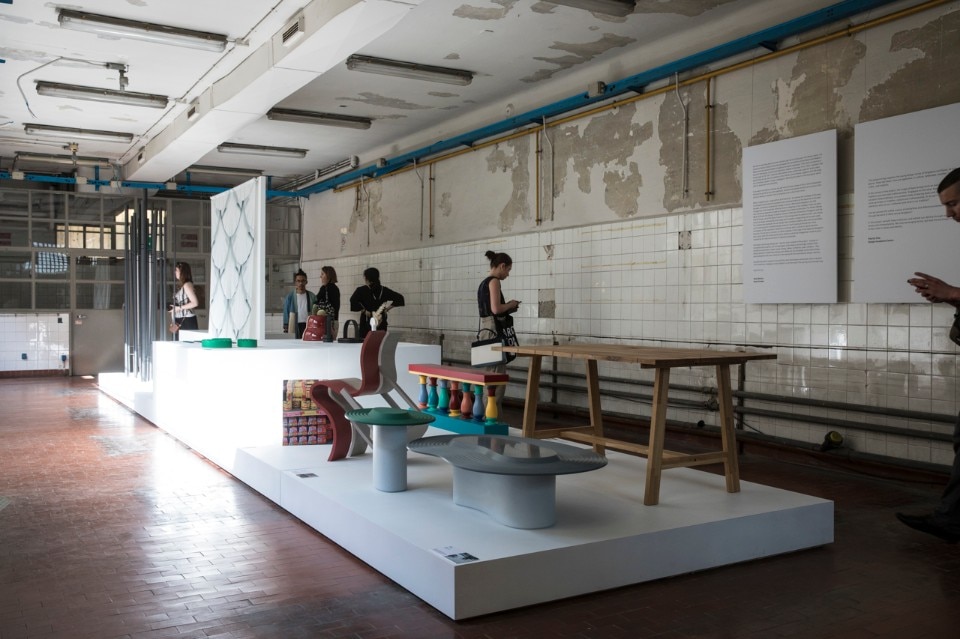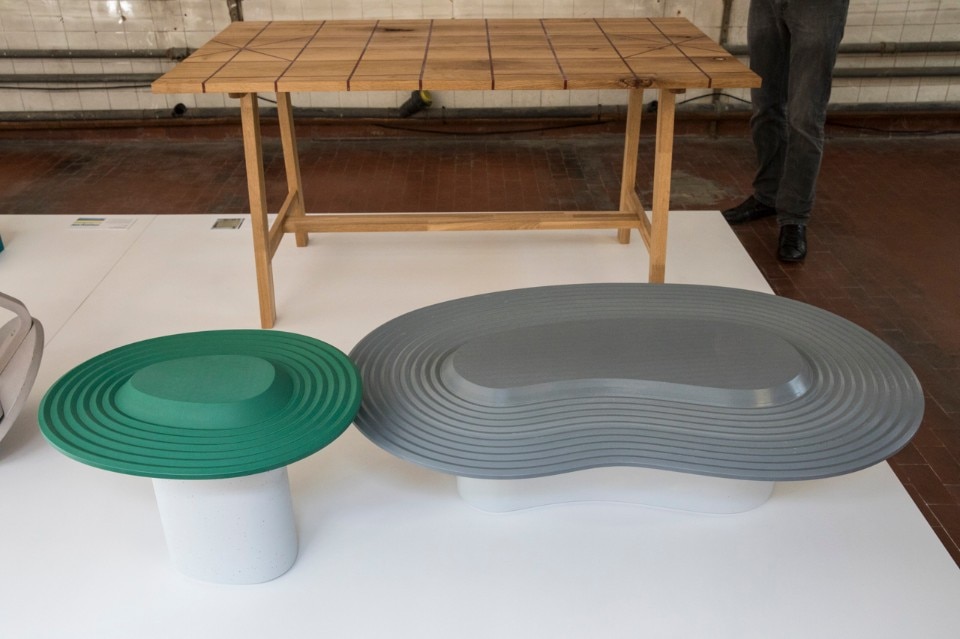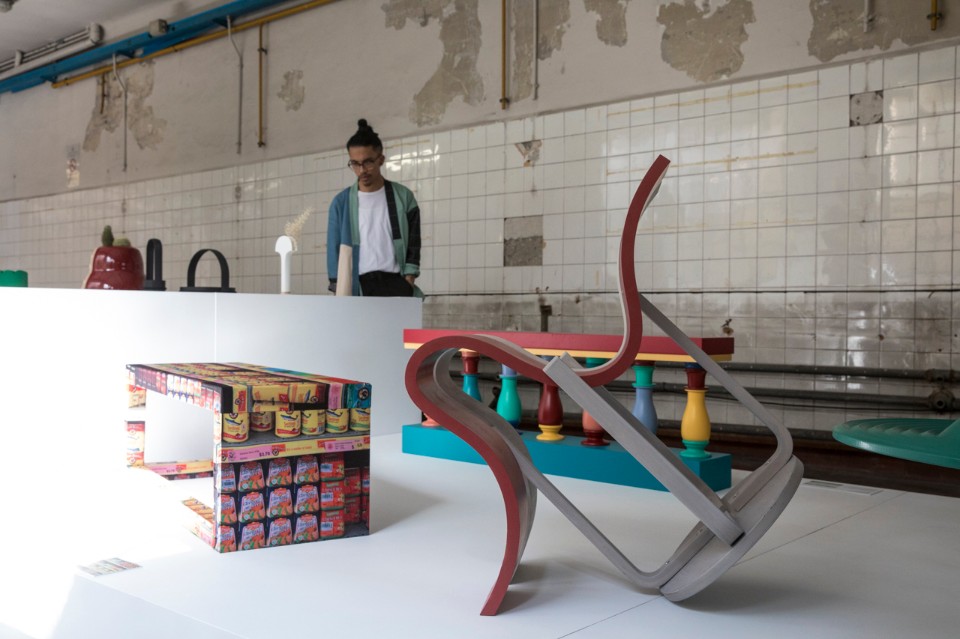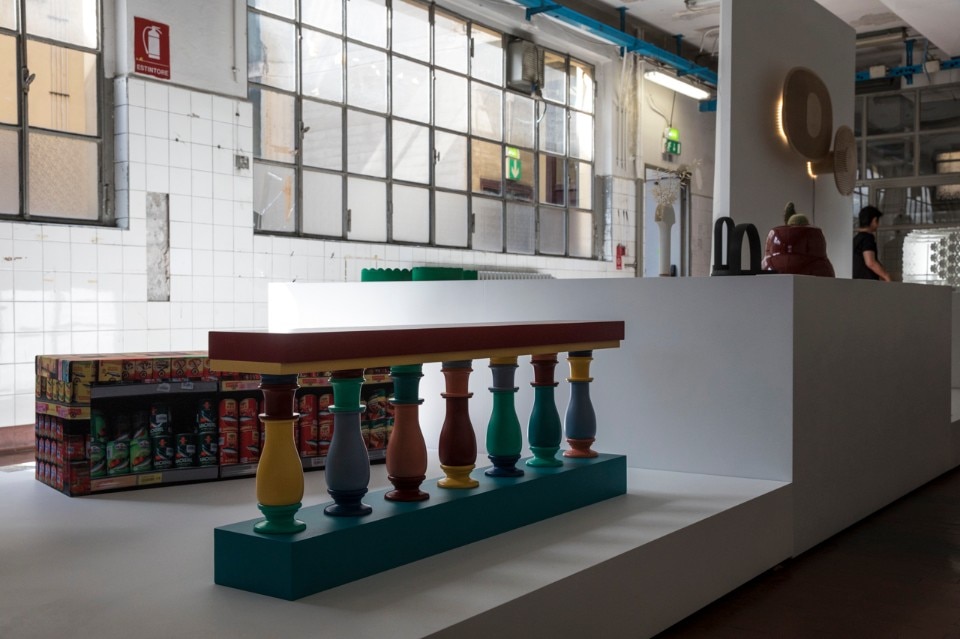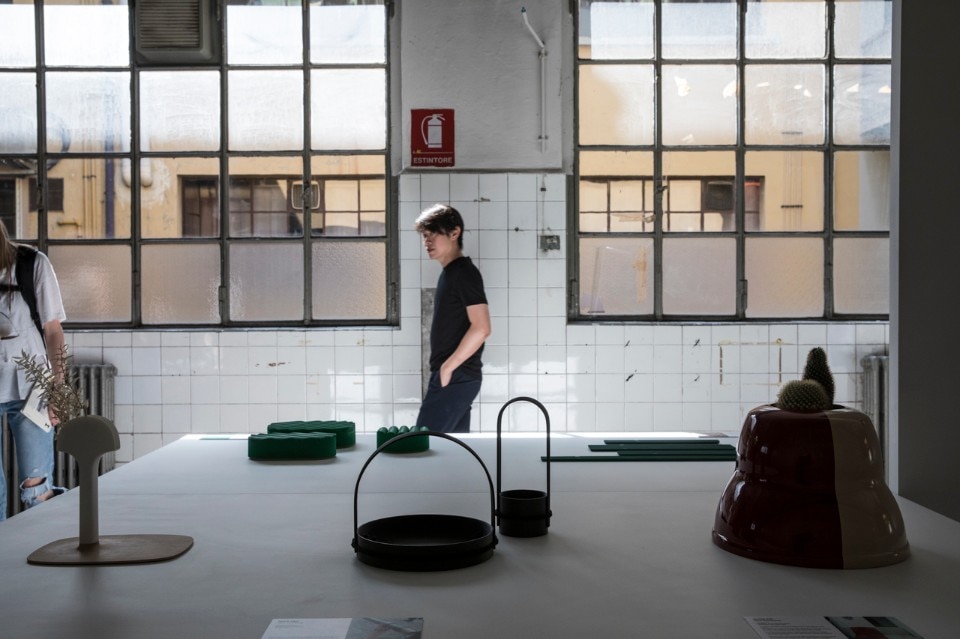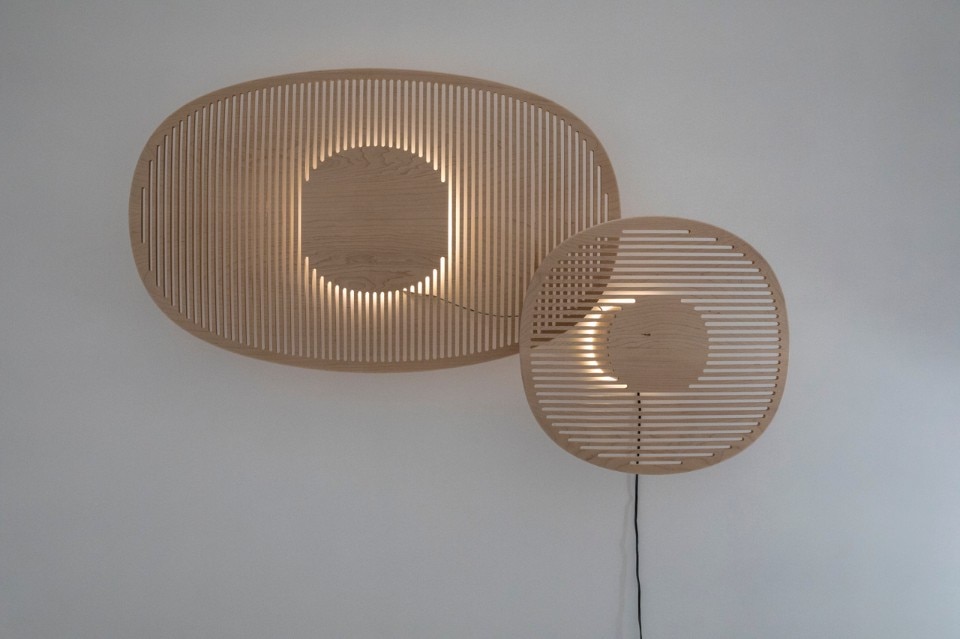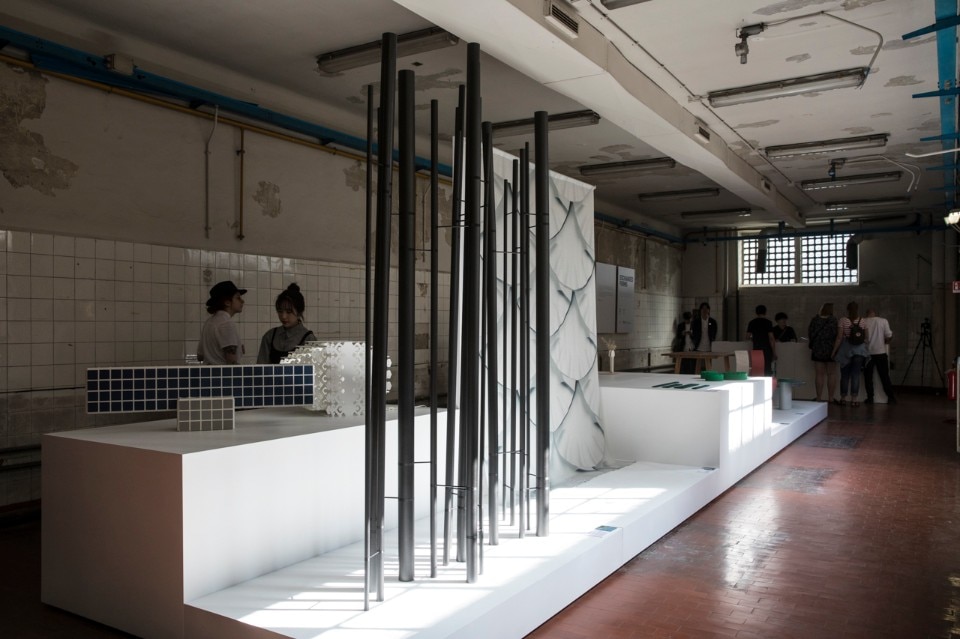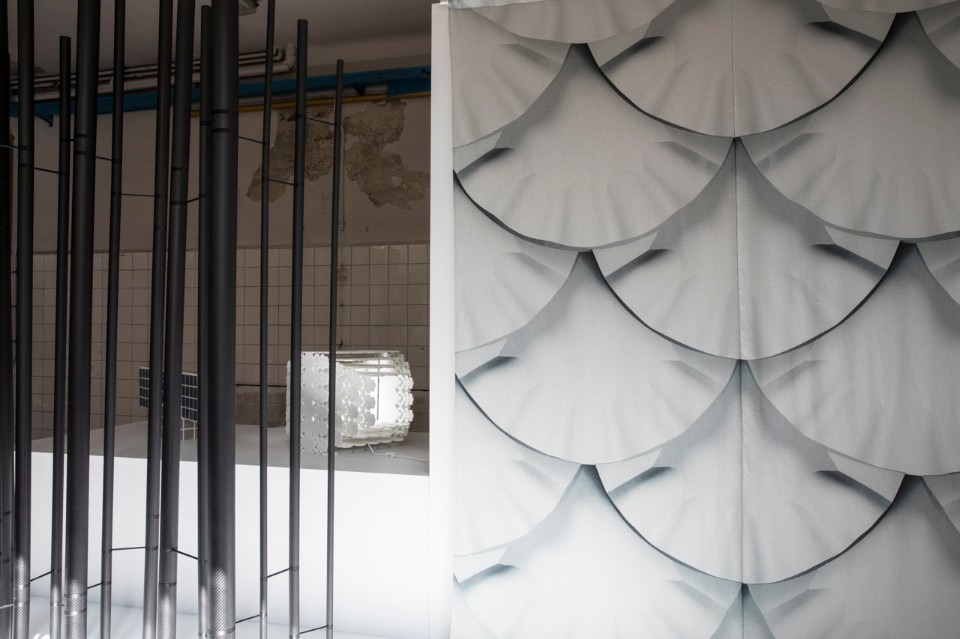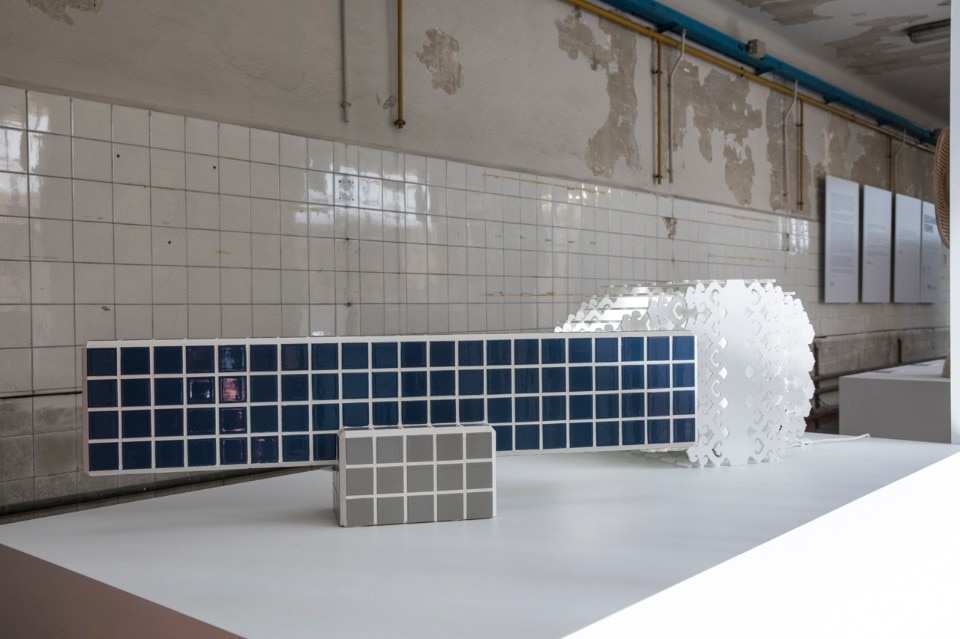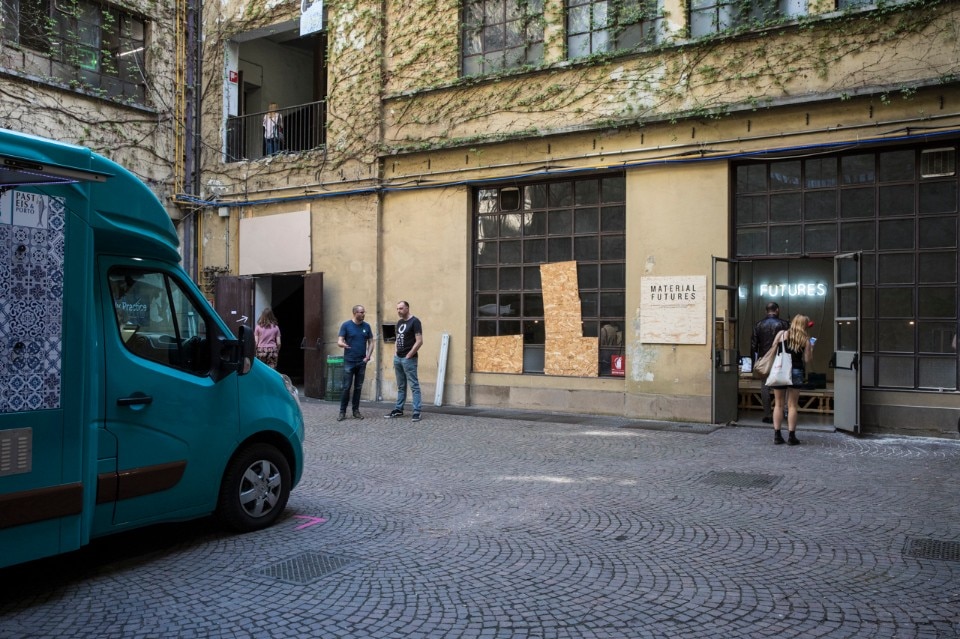“After 10 successful editions, and despite being fully prepared for the 11th edition of Ventura Projects during Milan Design Week 2020, Ventura Projects is no longer possible. Both Ventura Centrale and Ventura Future had to be cancelled due to the global COVID-19 pandemic. Unfortunately, these cancellations have had a massive and irreversible impact on the company.” So says the statement sent by Ventura Project announcing its unsustainability, economic viability, and closure. But not the assumptions.
This year would have celebrated its eleventh edition, but it had to close, as Margriet Vollenberg, who together with Fulvia Ramogida, invented the format, wrote: “It is with great pain that I had to witness how the Covid-19 crisis affected the whole world and the event and design industry, and therefore my company. I spent many sleepless nights worrying about whether and how I could save or transform my company to adjust to a new normality, to still be able to serve the design world and empower talent as we have always done. It is therefore with great pain in my heart that I have come to the conclusion that it is no longer possible to build my dream, and therefore the dreams of many designers and design studios. The current circumstances leave me no choice but to put an end to Ventura Projects”.
Considered the most innovative Fuorisalone has always focused on giving visibility to international creatives, debutantes and established, launching their projects. A “catalyst” of ideas and projects, as defined by Maarten Baas among the protagonists of the last edition.
This platform resumed the pioneering spirit of the first Fuorisalone: born 30 years ago and conceived by Gilda Bojardi, in the absence of the Salone del Mobile that in 1990 jumped. And that, today, is a little lost in the meanders of the thousands of events that animate Design Week.
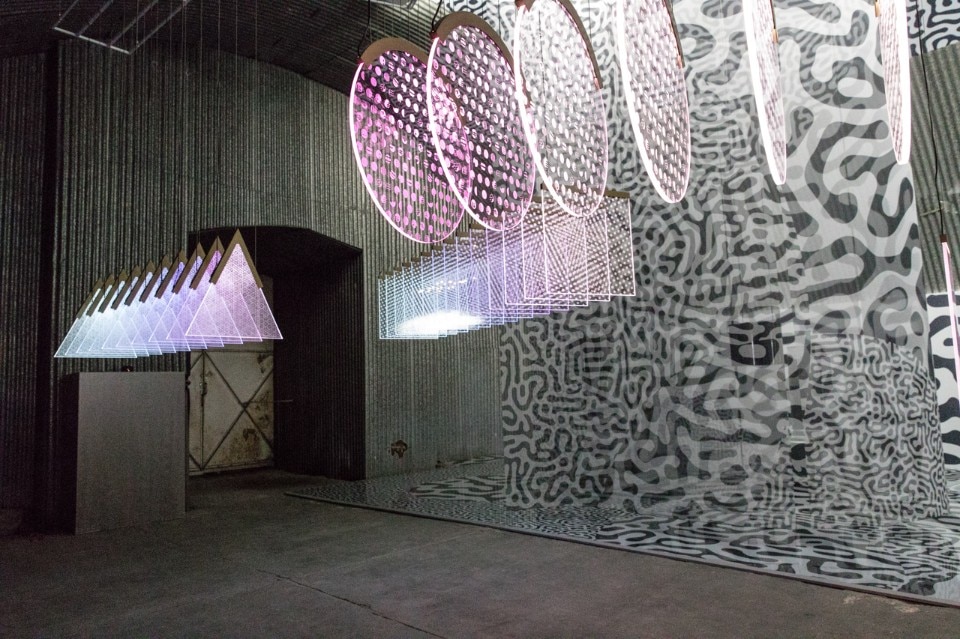
Ventura Project was born in 2010 with the aim of promoting independent designers: a project to be implemented “more for passion than for business”, as they declared. The memory goes back to distant events that, with this spirit, took part in the first Fuorisalone: unforgettable were the experiments of Droog Design, in the early ’90s, which transformed design into poetry; or Sputnik, arrived in 2000 and wanted by the Japanese entrepreneur Teruo Kurosaki, who encouraged the young designers he selected to explore their own personal path and reflect on the concept of design. He was not interested in promoting individual products: a chair was an invitation to reflect on the concept of sitting.
From this movement came, among others, Marc Newson, James Irvine, Emmanuel Babled, Michael Young, Jerszy Seymour. Years of great generosity in which events were made for the public with the aim of transmitting visions that could influence the taste and visual culture of the years to come. Because their intent was above all to give suggestions, themes to reflect on, visions to work on to create a different future.
This platform resumed the pioneering spirit of the first Fuorisalone: born 30 years ago and conceived by Gilda Bojardi, in the absence of the Salone del Mobile that in 1990 jumped
The protagonists of the design were told with a more intimate and poetic look through the artistic-installation language: like the incredible Designosauros by Ross Lovergrove at the “Segheria”, the italian word for sawmill, in 2004. And they were also opportunities for meetings and new developments: between designers, entrepreneurs and media. Even during memorable parties: moments in which young designers were able to confront their idols, exchanging opinions and absorbing pills of wisdom.
Ventura project, in the idea of the two founders, has partly recreated this spirit, trying to mix new talents and emerging brands with established international realities.
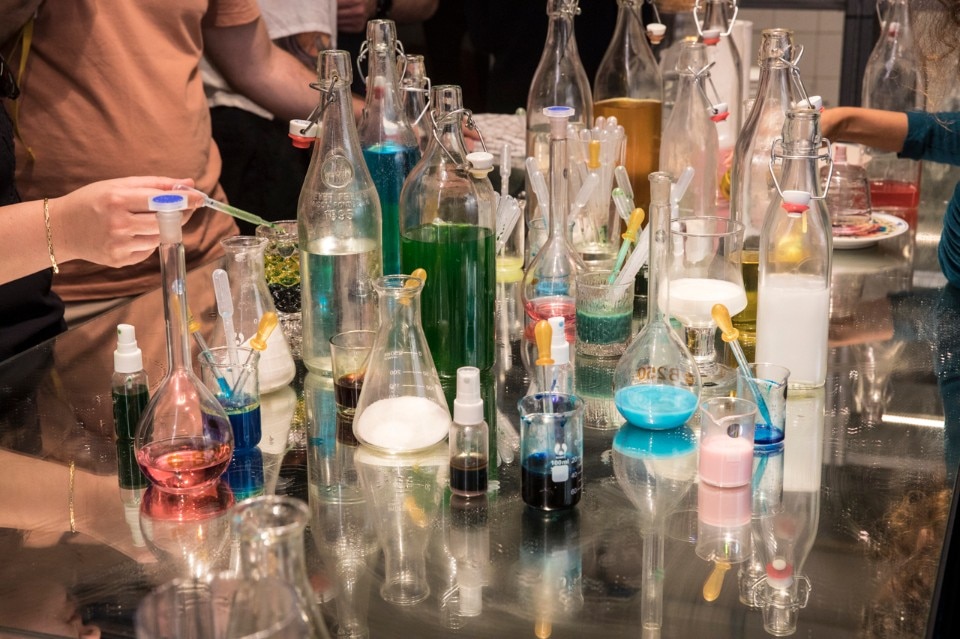
The first stage of Ventura Project was with Ventura Lambrate: the neighborhood came alive in the warehouses left free from industrial activities to dress up with projects and ideas. And it allowed the Milanese themselves to rediscover places that were out of the way and little frequented. A few years later, Ventura Centrale arrived, reviving those warehouses connected to the Central Station that everyone had forgotten about. In 2018, moved from Lambrate to Loreto, in FutureDome: once a meeting place for the Futurist movement, it became a place for research and a space dedicated to contemporary art. And the unusual locations that stood side by side, such as the former Faculty of Pharmacy where design schools and academies gathered. And in 2019 the return to Tortona with the most experimental design in the Base spaces. And the novelty, so much talked about, of the entrance ticket to ensure greater quality for exhibitors and interested visitors.
While at the Centrale, at the Magazzini Raccordati, they had doubled the number of events, leaving the entrance free: as many as 16 warehouses under the vaults of Via Ferrante Aporti, with installations by internationally renowned companies and design studios (including Maarten Baas, the Freitag brand and Rapt Studio). Since then, with Margriet’s latest comment: “With more than 7000 exhibitors, we have presented countless innovative and incredible solutions to the world. We sincerely hope that the energetic atmosphere of global design events will return soon. More than ever, the world needs the creativity, playfulness and ingenuity that design can offer to face this crisis and its consequences.”
It’s not amarcord: recovering the values that made the Fuorisalone a success becomes fundamental. Maybe resetting everything, this year, has created new conditions. It's up to us to seize them
A reflection, however, becomes a must: the initial selection compared to that of the first years has changed. As for all the events of the Fuorisalone, the districts have suffered a sort of bulimia of presence trying to propose more and more: being there had become essential, at any cost, even without a real project. Trying to see everything (and appreciate it) had become impossible: only a few stages were selected and then happened, even without wanting to, in places deleted from the program. And to discover that maybe, right there, you found something different from the usual, that was really worth it.
At the beginning of the Fuorisalone, every appointment was essential. And it was easier to appreciate what would become the designers of tomorrow: their ideas, their creativity.
It’s not amarcord: recovering the values that made the Fuorisalone a success becomes fundamental. Maybe resetting everything, this year, has created new conditions. It's up to us to seize them.
Opening image: Tides-Maree, Noroo, Fuorisalone Ventura Centrale, 2018


